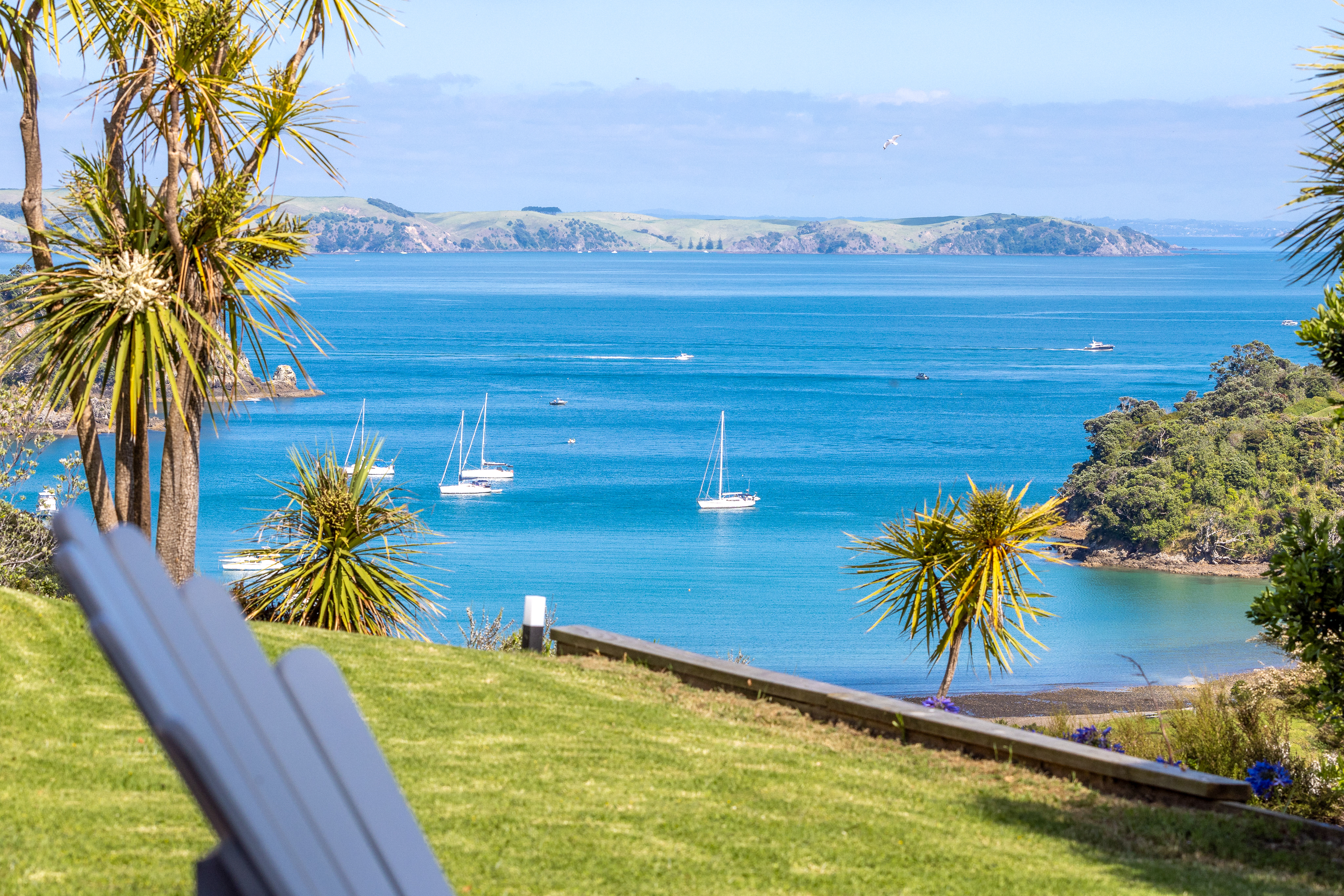Recently released data on property sales in March this year brings good news for home-buyers.
In March, sales in Auckland of just over 2000 dwellings represented a fall from March last year of 18 per cent, or 13 per cent if we smooth out volatility by looking at the three months to March versus a year ago. Annual sales for Auckland now sit at just over 21,000 from a peak of 33,000 late in 2015.
For the rest of New Zealand, sales in March were down 10 per cent from a year ago and 6 per cent for the quarter versus early-2018. Non-Auckland sales for the year to March of 53,000 were down from a 64,000 peak in mid-2016.
Are sales falling because there are not enough houses coming onto the market? No. The number of listings at the end of March in Auckland was ahead 14 per cent from a year ago and for the rest of NZ they were down by only a small 3 per cent.
Start your property search
So what do we expect to happen when we see falling sales and rising stocks? Easing prices, of course. In Auckland, the house price index for March was down 3 per cent from a year ago which was the price cycle’s peak. For the rest of New Zealand, prices in March were up by 7 per cent from March 2018 — but the pace of increase is slowing.
Although there is good support for the housing market from new record low mortgage rates and a strong jobs market, outside of some selected regions the feeling of buyers that they need to act now before prices go higher has gone. This means these are good times for first-home buyers.
Fresh buyers have time to peruse the available stock in a non-frenzied manner, figuring out what property will suit them best, and perhaps making some low-ish offers in the hope they can snare a bargain. That has become the dynamic in Auckland and will happen elsewhere around the country as regional markets slow down and prices flatten out in the coming year.
Will prices continue to fall in Auckland? Maybe, because even though turnover peaked a long time ago there are probably still some people wanting to leave the market because of worries about new rules affecting landlords. But will we see Auckland follow Sydney and Melbourne, where prices have fallen over 10 per cent from their peaks with more likely to come? Almost certainly not.
Banks in Australia have radically tightened lending rules, states have levied new purchase and annual taxes on foreign buyers and owners, and there has been excess construction of dwellings. These dynamics are not in play in New Zealand.
In fact, in Auckland, the fundamental shortage of property continues and will likely get worse. Dwelling consents issued in the year to February totalled almost 14,000, exceeding the previous peak of 13,000 in 2004. But since 2004 Auckland’s population has grown by 34 per cent (versus 17 per cent for the rest of NZ). More than that, net migration inflows for the country remain very strong and Auckland receives about 60 per cent of the net flow. Then there’s the impact of the relaxation of LVRs and increased availability of low deposit loans for first-home buyers.
Not all consents being issued will result in dwellings actually being built — certainly not in a timely manner. Developers are also having trouble achieving sufficient unit presales to meet bank requirements before a construction loan will be advanced.
For the next two- to four-year period the chances are high that Auckland average prices will be relatively flat, with small ups and downs, that the regions will soon also flatten out, and that the scene will be set for a return of cyclical price rises. Only if population growth severely declines and/or construction miraculously booms is this period of price flattishness likely to extend beyond 2023.
■ Tony Alexander is chief economist at Bank of New Zealand.










































































